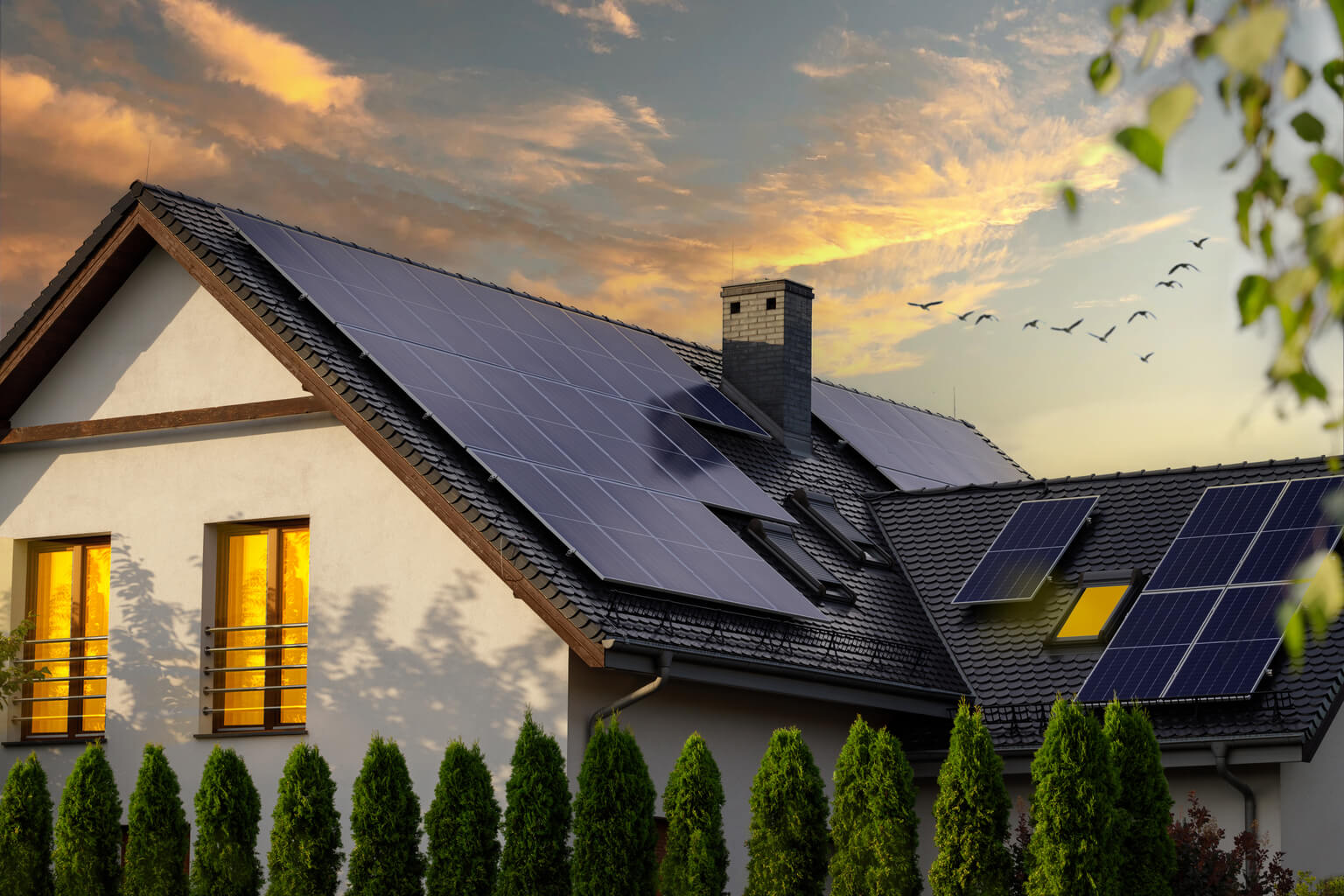What Is Solar Energy?
Solar energy is the radiant light and heat emitted by the Sun that can be harnessed and converted into usable forms of energy. It is a clean and renewable energy source that offers numerous benefits. The primary way to capture solar energy is through the use of photovoltaic (PV) panels, which convert sunlight directly into electricity. These panels contain solar cells made from semiconducting materials, such as silicon, that generate an electric current when exposed to sunlight.
Solar energy is abundant and widely available, making it a valuable alternative to traditional fossil fuel-based energy sources. It is a sustainable solution that does not deplete natural resources or emit harmful greenhouse gases, making it environmentally friendly. By reducing our reliance on non-renewable energy sources, solar power helps combat climate change and air pollution, promoting a healthier and cleaner planet.
Solar energy offers diverse applications, from powering homes and businesses to providing electricity to remote areas where access to the electrical grid is limited. Additionally, solar energy systems can be integrated into various structures, including rooftops, solar farms, and even portable devices. The versatility and scalability of solar energy make it a promising solution for meeting the ever-increasing global energy demand while reducing our carbon footprint.

How Does Weather Affect Solar Energy?
Weather plays a crucial role in the efficiency and output of solar energy systems. While solar panels can still generate electricity on cloudy or rainy days, their performance is influenced by various weather conditions.
- Sunlight Intensity: The intensity of sunlight is a key factor in solar energy generation. On clear, sunny days, the intensity of sunlight is higher, resulting in greater energy production. Cloudy or overcast days reduce the intensity of sunlight, causing a decrease in solar panel output.
- Temperature: Solar panels work more efficiently in cooler temperatures. Excessive heat can lead to a slight reduction in performance. However, modern solar panels are designed to handle temperature variations and are less affected by this factor.
- Rain and Snow: Rainfall can temporarily reduce solar panel output by blocking direct sunlight. However, rain can also help clean the panels, removing dust and dirt that may have accumulated, thereby improving their performance. In the case of snow, it can completely cover the panels, preventing them from generating electricity until cleared.
- Seasonal Changes: The amount of sunlight received throughout the year depends on the season and the tilt of the Earth’s axis. Solar panels tend to generate more electricity during the summer months when days are longer and the sun’s angle is more direct. In contrast, shorter days and lower sun angles in winter result in reduced energy production.
Despite the influence of weather conditions, solar energy remains a viable and effective source of electricity. Advances in technology, such as more efficient panels and tracking systems, help optimize energy generation under various weather conditions. Additionally, excess energy produced during sunnier periods can be stored in batteries or fed back into the grid, ensuring a consistent supply of power even when weather conditions are less favorable.

How Do Solar Panels Work?
Solar panels, also known as photovoltaic (PV) panels, work by converting sunlight directly into electricity through a process called the photovoltaic effect. Here’s a simplified explanation of how solar panels work
1. Absorption of Sunlight
Solar panels consist of multiple solar cells made of semiconductor materials, usually silicon. When sunlight hits the solar panel, photons (particles of light) are absorbed by the solar cells.
2. Electron Excitation
The absorbed photons transfer their energy to electrons in the semiconductor material, causing them to become energized and break free from their atoms. This creates electron-hole pairs.
3. Electric Field Generation
The semiconductor material within the solar cells contains an electric field. As the energized electrons are freed, the electric field helps to separate them from the positively charged holes, creating a flow of electrons.
4. Electricity Generation
The separated electrons are collected by metal conductive plates on the solar cells, forming a direct current (DC) electricity flow. This generated electricity can then be used to power electrical devices or stored in batteries for later use.
5. Utilization and Distribution
The AC electricity produced by the solar panels can be consumed immediately within a home or business to power various electrical loads. Excess electricity can be fed back into the grid through a process called net metering, allowing the owner to receive credits or financial compensation for the surplus power.
Solar panels continue to generate electricity as long as they are exposed to sunlight. By installing multiple solar panels in an array, it is possible to generate a significant amount of renewable energy to meet a wide range of energy needs.

What Does a Solar Inverter Do?
A solar inverter is a crucial component of a solar power system that plays a vital role in converting the direct current (DC) electricity generated by solar panels into alternating current (AC) electricity. Solar panels produce DC electricity due to the photovoltaic effect, where sunlight is directly converted into electrical energy.
However, most electrical appliances and the power grid operate on AC electricity. That’s where the solar inverter comes in. Its primary function is to convert the DC electricity produced by the solar panels into AC electricity that can be used to power homes, businesses, and other electrical devices. The inverter accomplishes this by utilizing complex electronic circuits that convert the voltage and frequency of the electricity to match the required AC standards.
Additionally, modern solar inverters often include advanced features such as maximum power point tracking (MPPT) technology, which optimizes the efficiency of the solar power system by extracting the maximum power from the solar panels under varying conditions.





